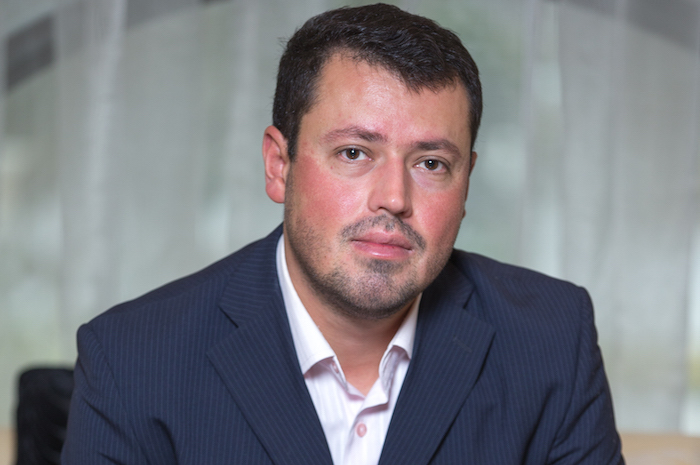Communicate catches up with Alexander Chetchikov, CEO and founder of the Luxury Lifestyle Awards on the changing face of luxury buying in the region.
How has the luxury market changed in the last year?
The luxury market is growing rapidly and changing. The number of luxury consumers has more than tripled in the last 20 years, to around 330 million people. Their spending has risen at a similar rate, to an estimated $300 billion. Over the past few years, more and more gain the turnover market of the North America, India and United States. More than 10 million new customers are entering the market each year, and part of the existing occasional consumers are becoming even more committed to luxury brands.
We notice positive dynamics in the development of Duty Free Retail; people are traveling from one country to another and are buying products everywhere, thereby facilitating cross-cultural selling and purchasing in different countries.
It is worth mentioning the role of the luxury retail in the emerging market of China, which is becoming bigger and bigger. Many new luxury brands are entering the market. With such tough competition, more brands are becoming democratic by offering products, which are of a good quality, but at a lower price. The client starts to buy them and then can’t refuse. In this way, they are “binding” you to their brand and build a lasting relationship. Luxury is becoming for the masses and the classes.
The trend, which has a great impact, is the development of online luxury buying. Until recently, luxury brands where represented only in offline, in retail chains; now part of the sales are done on the Internet. Big international retailers appear on the Internet, such as, Chanel, Dior, Cartier and Tiffany.
What do you think will happen this year considering the decline of the ruble and tourism and other geopolitical factors? How will this affect the luxury industry here in the region?
Middle East as Europe remains a very popular zone for Russian-speaking tourists. It is no secret that Russian tourists prefer luxury travelling. As the increase of ruble directly increases the price for the trip, some of the tourists may choose the other cheaper countries to reduce their costs for travelling, leisure and shopping.
With particular state sanctions related to the travelling of government officials, it has become impossible for them to travel.
What are brands doing to survive and cope with the economic problems?
Today most of the luxury brands either leave offline, start doing business online by engaging their clients to the augmented reality, or combine offline with online; that helps to decrease costs for storage. Another chance for them is to produce products with lower margins, but that as well will help them to increase the turnover. To allocate risks, brands are closing their local production and transferring it to outsourcing companies.
What are the new trends you’ve noticed emerging in the last year?
The luxury industry is becoming multi-channel, conversational and, above all, multi-faceted in its approach to messaging, platforms and retail.
One of the trends is the emergence of one particular channel – mobile – that will define luxury in in the nearest future. From smartphones to tablets – not laptops – that will become central to how luxury consumers shop and interact with brands.
The second is using customer relationship management (CRM) systems, which allow brands to know the customer perfectly and therefore, offer special proposals and predict their wishes and desires.
Another thing is that women are a growing luxury consumer force. For instance, it is predicted that women in China will take over from men as the lead buyers of fine jewelry and watches in the next few years. By 2020, the UK is expected to have more female millionaires than male ones.






